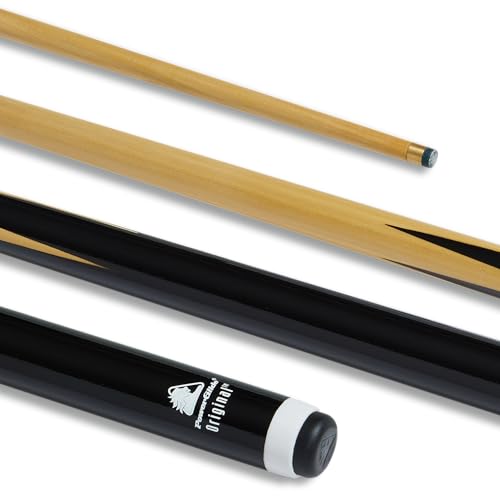Whether you are a seasoned billiard player or a curious beginner, you’ve probably wondered what the tip of a cue stick is made of. It’s an essential part of the game, so it’s vital to know what your cue stick’s tip is made of and its properties. In this article, we’ll discuss what a cue tip is made of and its material properties.
The materials used for cue tips
The tip of a cue stick is typically made of leather, specifically cowhide or pigskin. However, manufacturers can also use synthetic materials like phenolic resin, hard plastic, or even carbon fiber. The leather used for cue tips is vegetable-tanned to ensure its durability and elasticity. Also, it comes in different grades depending on the type of leather.
Cowhide vs Pigskin
Cowhide is the most commonly used leather for cue tips as it’s durable, offers a good grip on the ball, and is less prone to mushrooming. On the other hand, pigskin is also a popular choice and is affordable. It’s softer than cowhide, which makes it easier to shape and achieve different hit types. It also provides excellent ball control and generates more spin, but it wears out faster than cowhide.
Synthetic materials
Phenolic resin is a hard and dense material that is highly resistant to wear and tear, making it ideal for cue tips. It provides precise aiming and reduces the amount of deflection when hitting the ball. Hard plastic cue tips are also popular, especially among beginners or casual players. They are less expensive than leather or phenolic tips, but their lifespan is shorter, and they offer less control and cue ball response. In contrast, carbon fiber tips are durable, lightweight, and hold their shape well, but they are not always a player’s preferred choice due to their high cost.
Caring for your Cue tip
Cue tips require maintenance to retain their effectiveness. After removing old chalk marks, it’s essential to scuff the tip with a tool designed for this purpose. Scuffing helps to roughen the surface of the tip and allow it to hold chalk better. You can also use a cue tip conditioner or sealer to protect the tip from cracks and softening due to moisture. However, conditioning the tip too often can lower its hardness and the ability to hold chalk.
The tip of a cue stick plays a crucial role in billiards and pool games. Consider the type of cue tip material that best suits your playing style and budget, and remember to maintain and replace it when necessary to enjoy optimal performance. With this knowledge, you are now better equipped to choose and care for your cue tip, and get ready to show off your skills on the pool table.






